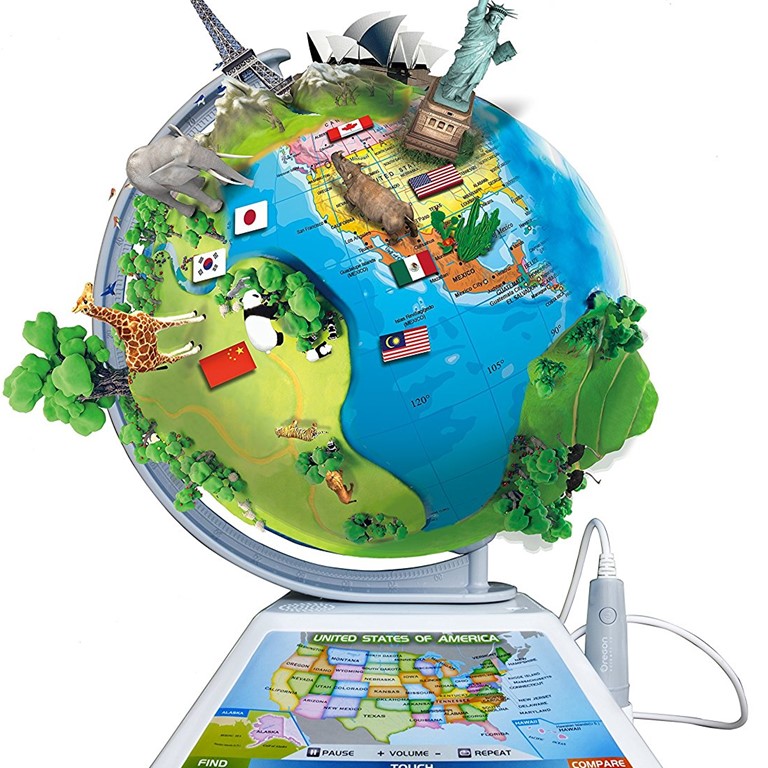The Evolving Landscape of Games for Children: A Look at 2025
Related Articles: The Evolving Landscape of Games for Children: A Look at 2025
Introduction
With enthusiasm, let’s navigate through the intriguing topic related to The Evolving Landscape of Games for Children: A Look at 2025. Let’s weave interesting information and offer fresh perspectives to the readers.
Table of Content
The Evolving Landscape of Games for Children: A Look at 2025

The world of children’s games is in constant flux, driven by technological advancements, shifting societal values, and the evolving needs of young minds. As we approach 2025, a new generation of games is emerging, designed to engage, educate, and empower children in ways previously unimaginable. This article delves into the key trends shaping the landscape of children’s games in 2025, exploring the benefits and challenges these developments present.
The Rise of Immersive Experiences:
Virtual and augmented reality (VR/AR) technologies are poised to revolutionize the way children interact with games. Imagine a child stepping into a virtual world where they can explore ancient civilizations, build their own cities, or engage in interactive storytelling. These immersive experiences offer unparalleled opportunities for learning, creativity, and social interaction.
- Educational Value: VR/AR games can provide engaging and interactive learning environments, making abstract concepts tangible and fostering deeper understanding. For example, a child can explore the human body in a virtual dissection, or experience the impact of climate change on a virtual ecosystem.
- Social Interaction: VR/AR games can foster collaboration and communication among children, encouraging them to work together to solve problems or create shared experiences. This can be particularly beneficial for children who may struggle with social interaction in traditional settings.
- Creative Expression: These technologies empower children to express themselves creatively in new ways. They can design their own virtual worlds, create characters, and tell their own stories.
The Power of Personalized Learning:
The future of children’s games lies in personalized experiences that cater to individual learning styles and interests. AI-powered algorithms can analyze a child’s play patterns and preferences, tailoring game content and difficulty levels to optimize their learning and engagement.
- Adaptive Learning: Games can adapt to a child’s progress, providing more challenging content as they master skills or offering additional support when they encounter difficulties. This ensures that each child learns at their own pace and is challenged appropriately.
- Personalized Content: Games can personalize content based on a child’s interests, ensuring they are engaged and motivated to learn. For example, a child interested in space exploration might receive more content related to astronomy and rocket science.
- Skill Development: Personalized games can help children develop specific skills, such as problem-solving, critical thinking, and creativity. This can be particularly beneficial for children who struggle in traditional educational settings.
The Importance of Safety and Inclusivity:
As children spend more time engaging with digital content, it is crucial to ensure their safety and well-being. Game developers are increasingly prioritizing features that promote responsible gaming habits and protect children from harmful content.
- Parental Controls: Games are incorporating robust parental control features, allowing parents to monitor playtime, set limits on content access, and manage online interactions.
- Age-Appropriate Content: Games are being designed with age-appropriate content, ensuring that children are not exposed to material that is too mature or inappropriate for their developmental stage.
- Inclusivity and Diversity: Games are increasingly reflecting the diversity of the world, featuring characters and storylines that represent a wide range of cultures, backgrounds, and abilities. This helps to foster a sense of belonging and inclusion among all children.
Challenges and Opportunities:
While the future of children’s games holds immense potential, it also presents challenges that need to be addressed.
- Screen Time Management: Balancing screen time with other activities remains a critical concern. Parents and educators must work together to ensure that children are engaging in a healthy mix of physical activity, social interaction, and screen time.
- Digital Literacy: It is essential to equip children with the skills and knowledge to navigate the digital world safely and responsibly. This includes teaching them about online safety, digital citizenship, and media literacy.
- Accessibility and Equity: Ensuring that all children have access to the benefits of digital games requires addressing issues of affordability, digital literacy, and access to technology.
FAQs:
Q: How can parents ensure their children are playing age-appropriate games?
A: Parents should consult age ratings provided by reputable organizations and research the content of games before allowing their children to play. Additionally, many platforms offer parental control features that allow parents to restrict access to certain games or content.
Q: What are the benefits of VR/AR games for children’s learning?
A: VR/AR games can provide immersive and interactive learning experiences, making abstract concepts tangible and fostering deeper understanding. They can also encourage collaboration and communication among children, while promoting creative expression.
Q: How can games promote inclusivity and diversity?
A: Games can promote inclusivity by featuring diverse characters and storylines that represent a wide range of cultures, backgrounds, and abilities. This helps to foster a sense of belonging and inclusion among all children.
Q: What are the risks associated with children playing games online?
A: Children playing online games may be exposed to cyberbullying, inappropriate content, or scams. It is essential to teach children about online safety and to use parental control features to monitor their online activity.
Tips:
- Engage in Playtime: Participate in games with your children to understand their interests and engage in meaningful interactions.
- Encourage Critical Thinking: Discuss the themes and messages presented in games, prompting children to analyze and question the content.
- Set Limits and Boundaries: Establish clear guidelines for screen time and ensure children are engaging in a healthy mix of activities.
- Promote Digital Literacy: Teach children about online safety, digital citizenship, and media literacy to empower them to navigate the digital world responsibly.
Conclusion:
The future of children’s games is bright, offering exciting opportunities for learning, creativity, and social interaction. However, it is crucial to approach these advancements with a thoughtful and balanced perspective. By promoting responsible gaming habits, fostering digital literacy, and ensuring access and equity, we can harness the power of games to empower the next generation of children. As we move towards 2025, the evolving landscape of children’s games will continue to shape the way children learn, play, and connect with the world around them.








Closure
Thus, we hope this article has provided valuable insights into The Evolving Landscape of Games for Children: A Look at 2025. We thank you for taking the time to read this article. See you in our next article!